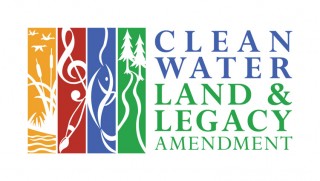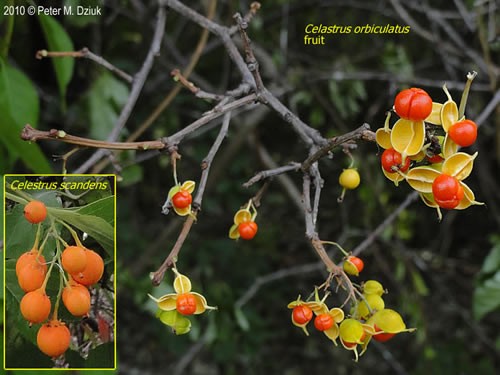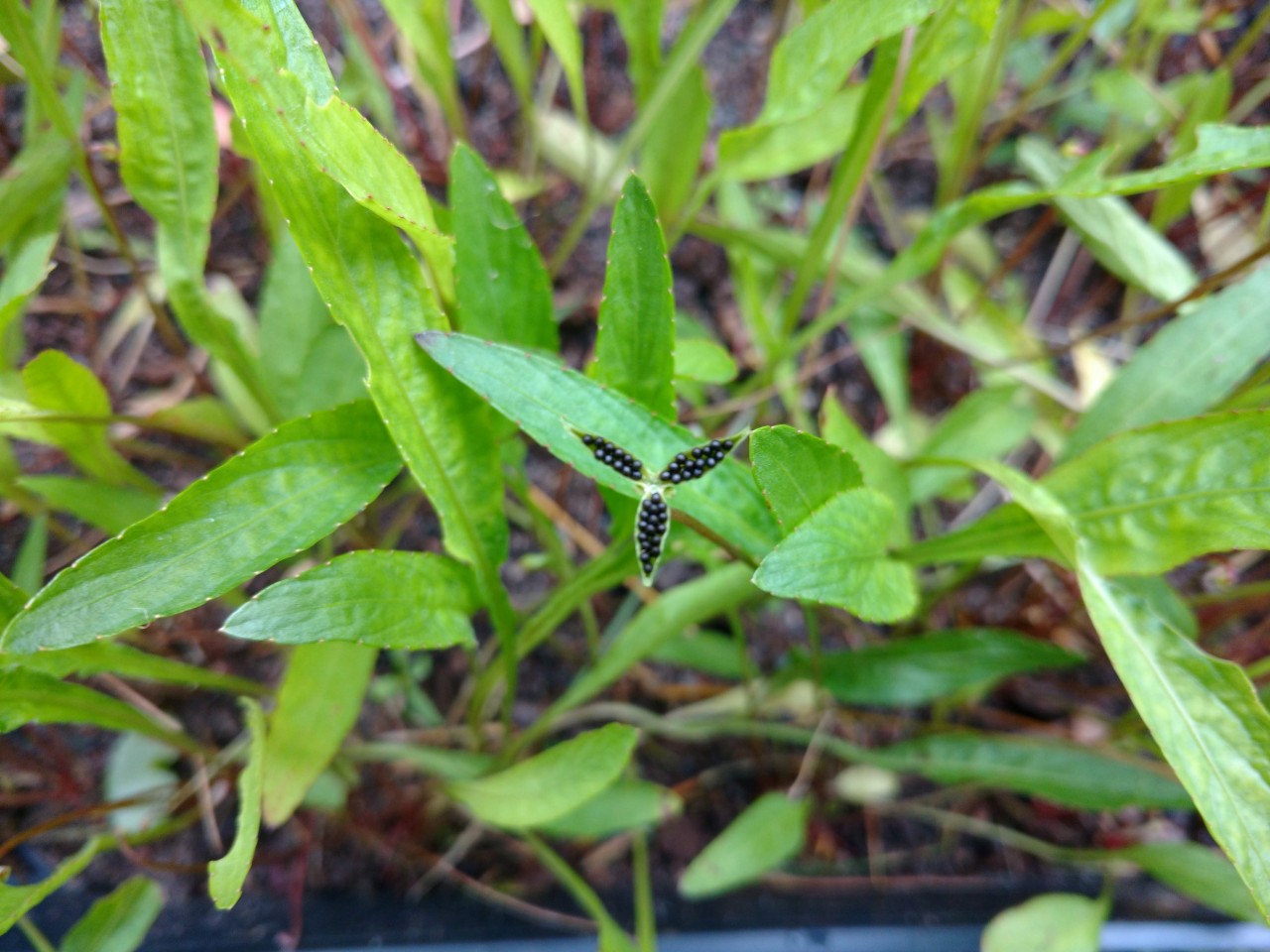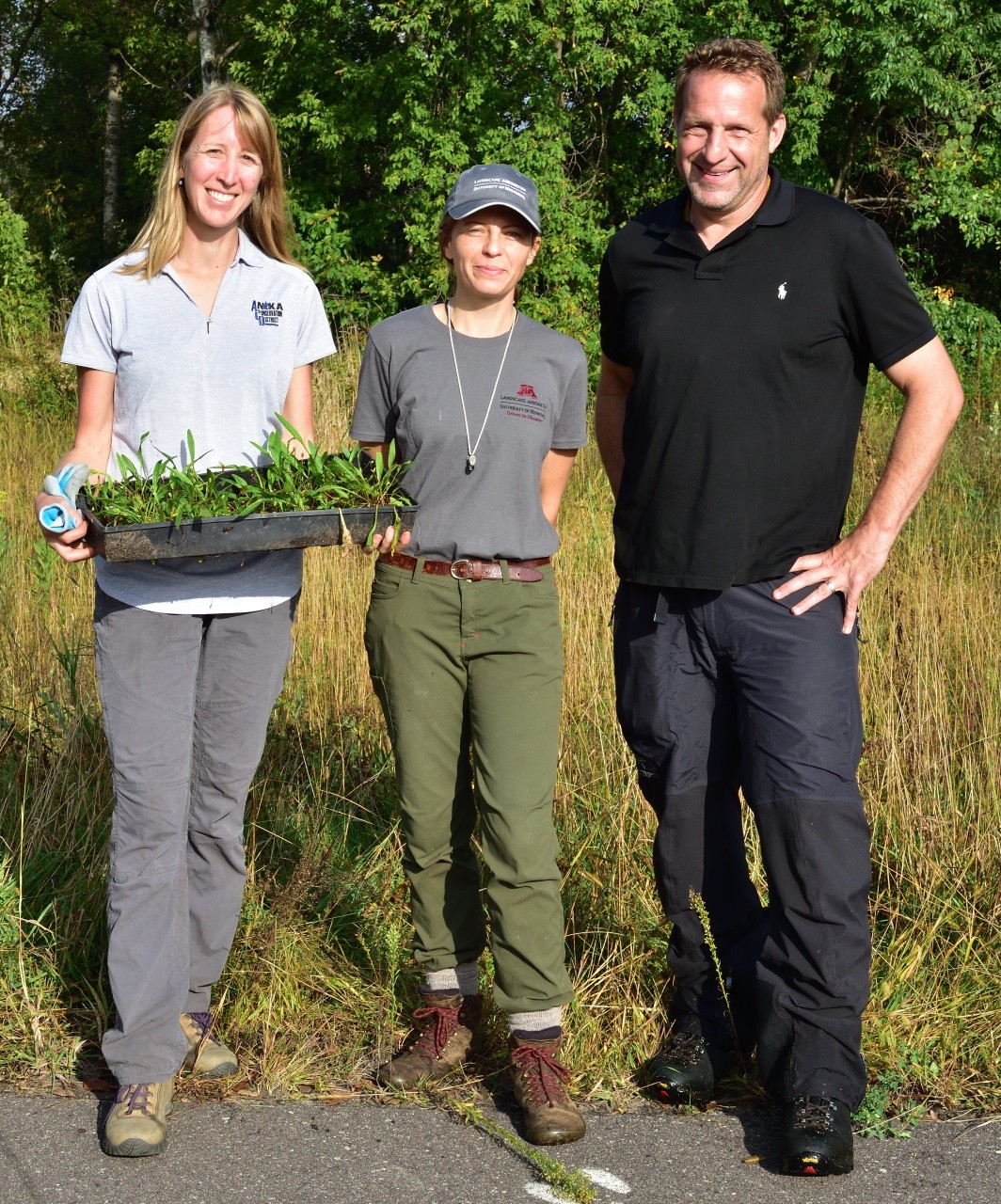ACD received funding from BWSR to continue the Anoka Cooperative Weed Management Area program and received two sources of MDA funding for Anoka County invasive species control and for Metro-wide non-native Phragmites treatment.
The Anoka Cooperative Weed Management Area Program currently consists of 27 Partners who have identified priority invasive species of concern, locations and activities in Anoka County. ACD received the maximum funding of $15,000 to be utilized in three years. Renewal/BWSR Request for Proposals are offered every two years. Current BWSR funds will support:
- mapping and monitoring priority invasive species on EDDMaps,
- surveys in select high quality habitats,
- implementation of biocontrol release,
- monitoring past treatment,
- training a new partner, Anoka County Highway staff on invasive species identification and treatment, including wild parsnip sites identified on Anoka Highway ROW,
- organizing and creating outreach material and expanding the ACWMA website to provide a central location for ACWMA resources,
- provide outreach and engagement with City Staff, residents, and volunteers,
- and, provide technical and financial resources for invasive species cost share program for priority invasive species and priority locations.
ACD received the maximum funding from MDA Level 1, $10,000, to be spent in 2020. These funds will increase the capacity of the ACWMA efforts and specifically support:
- Invasive species trainings and volunteer engagement in invasive species control in Anoka County, including a training to Anoka County Master Gardeners in April 2020.
- Mapping and monitoring priority invasive species and surveys in high quality habitats.
- Release knapweed root weevil (Cyphocleonus achates) and knapweed flower weevils (Larinus minutus obtusus) biocontrol at two sites.
- Provide training to Anoka County Highway to identify and control priority invasive species, starting with wild parsnip by June 2020.
- Treat all known populations of wild parsnip in Anoka County by July 2020.
- Follow up treatment of golden creeper with digging out roots and June 2020 and herbicide application of any remaining plants by September 2020.
- Conduct a land management and invasive speices workshop to City of Blaine residents in September 2020. By mid-November 2020, provide technical and financial support for buckthorn treatment to landowners adjacent to the Blaine Wetland Sancturary, treating 12 acres of buckthorn. I'm collaborating with Rebecca Haug/City of Blaine, Beth Carreno/RCWD and Metro Blooms.
ACD received $49,705 from MDA Level 2 to be spent over two years to map, treat, and monitor non-native Phragmites in the Metro. Metro County Partners will continue mapping and will obtain permission from landowners to treat with herbicide and mowing. ACD will coordinate monitoring following MN DNR protocols, will hire a contractor for treatment, and lead native planting/restoration at Sunrise Lake which was previously treated.




